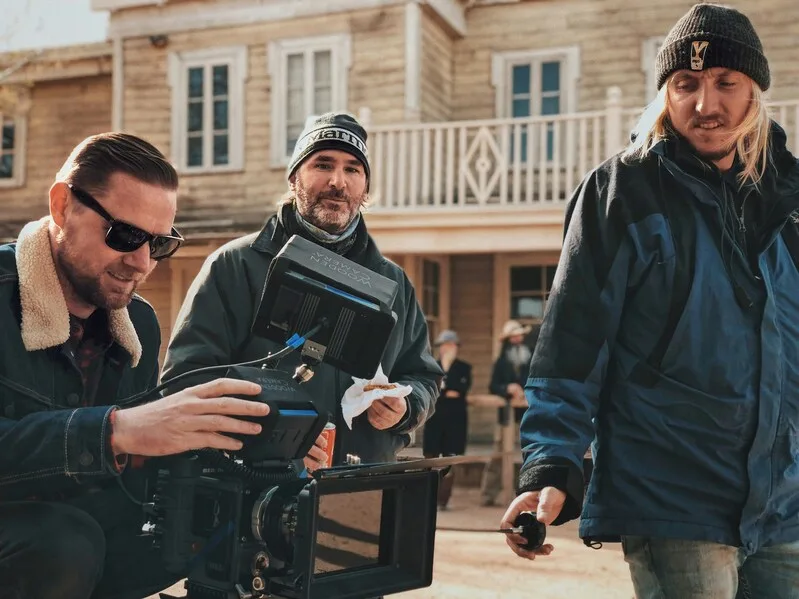Film directing is a skill composed of art, creativity, organization, and execution. Like any other skill, it can be taught to a great extent.
If imagining setting your foot on the set feels frightening because you feel insecure or you just want to make sure you’re well-prepared, you’re in the right place. Having a film directing checklist in place can help ensure that your production runs smoothly.
That’s why in this article, you will learn:
- The key pre-production elements to have in place
- How to optimize your crew, cast, and gear effectively
- Ways to prepare for the unexpected to avoid wasting resources
If you’re preparing for shooting, use this checklist and ensure that your film-shooting preparation is on point before you begin.
We’ll start with the basics.
It might sound simple, but you’d be surprised how many filmmakers struggle to summarize their films in one or two sentences.
01. Create a Clear Film Logline

Professionally known as a logline, this brief summary hooks the viewer and describes the central conflict of your story. The logline is crucial because it forms the foundation for everything related to your film. It’s the first thing you’ll use to describe your movie to actors, crew, investors, and viewers. A clear logline is an essential part of any film-directing checklist.
Importance of a Strong Logline for Film Production

Having a concise logline allows you to stay grounded and focused, ensuring everyone involved knows the story’s core. A well-crafted logline is key in film shooting preparation as it helps streamline communication.
Loglines from Popular Films
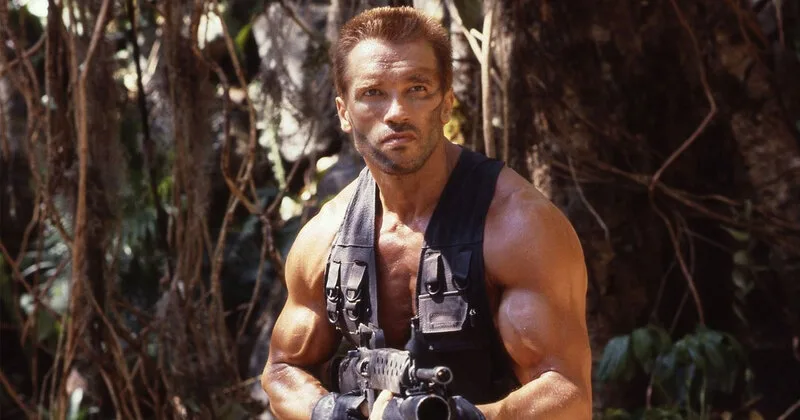
For example:
- The Godfather (1974): A son takes over his father’s mob business to gain his love.
- Predator (1987): A group of commandos encounter the ultimate alien form of hunter and battle for survival.
Could Godfather also be described as a bloody mob saga about power, corruption, and influence? It might, but which of these two sounds more flesh and blood and straight to the point?
Which one of those two helped Al Pacino create the character of Michael Corleone more?
When creating a logline, focus on the central theme of your story.
Your film might be about a guy who gets cheated on by his girlfriend and decides to move back to his hometown and start over again or about a shy man who, at his father’s funeral, decides to clear up family issues that have been hiding under the rug for too long.
How a Logline Guides Your Film’s Development

The beauty of a solid logline is that it works in all phases of filmmaking. It’s the guiding sentence before you write your outline, the reference point for when you get lost, and your pitch to investors and collaborators. Even improvisation-heavy directors like Mike Leigh rely on a well-crafted logline to anchor their work with actors during the creative process.
02. How Rehearsals Improve Your Film
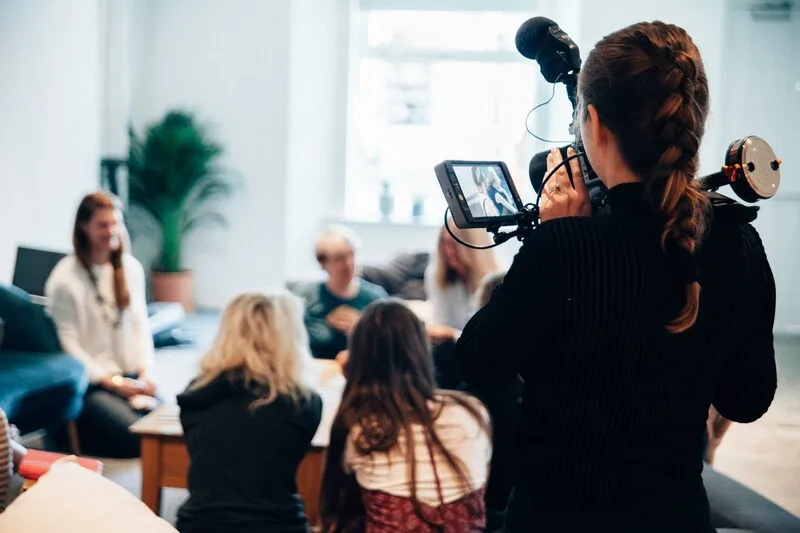
Film directing is largely about guiding your actors, and rehearsals are an indispensable part of that process. They allow you to detect flaws in the script, polish dialogue, and experiment without the pressure of a live set. Thorough rehearsals should be a non-negotiable item on your film-directing checklist.
How Rehearsals Make Film Shooting More Efficient

This preparation will make your shoot days more efficient, providing room for improvisation while ensuring you stick to the core story. Pre-production checklists for filmmakers should always prioritize rehearsals to ensure both cast and crew are aligned.
If you want to learn how to create stellar performances with your actors, check out our blog about working with actors. It offers actionable tips and examples from film sets that will save you time in making and learning from your mistakes.
Rehearsals are especially important for less experienced directors, as they help actors get comfortable with their roles and allow directors to refine key scenes.
For example, Steven Spielberg extensively rehearsed emotional scenes in Schindler’s List (1993) before shooting, which enabled Liam Neeson and the cast to be fully immersed in their roles when the cameras started rolling.
Paul Thomas Anderson described the process of working with Daniel Day-Lewis for his portrait of a ruthless oilman in There Will Be Blood (2007) as “creating a playground” for Day-Lewis to explore and push boundaries, making the experience one of confronting daily obstacles together. Whatever proces you choose, take into consideration it takes time.
If you are stuck with developing flesh and blood characters, check out our guide on creating great film characters with simple and actionable tips that work.
Finding the Balance Between Over-Rehearsing and Flexibility
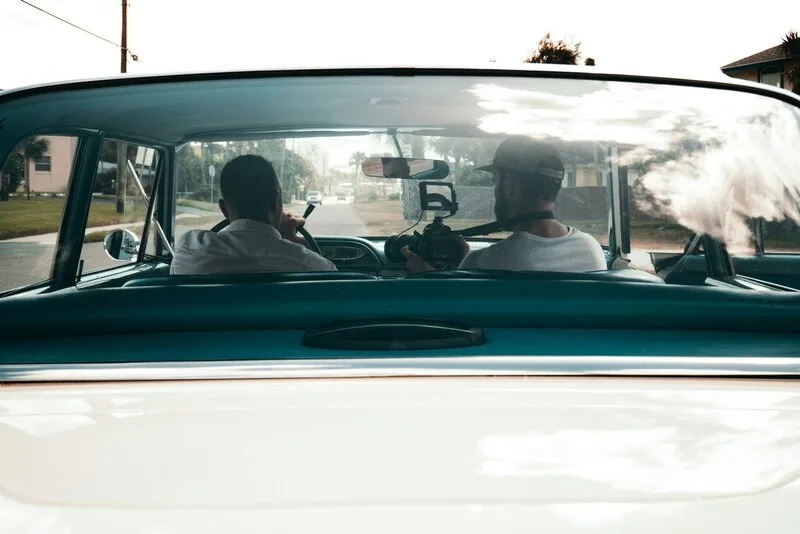
Regardless of your process, rehearsals will require time. Can you over-rehearse? Absolutely. A short break before shooting can refresh actors’ performances, and a light read-through at the filming location can also help keep things flexible.
The Importance of Rehearsing On Location
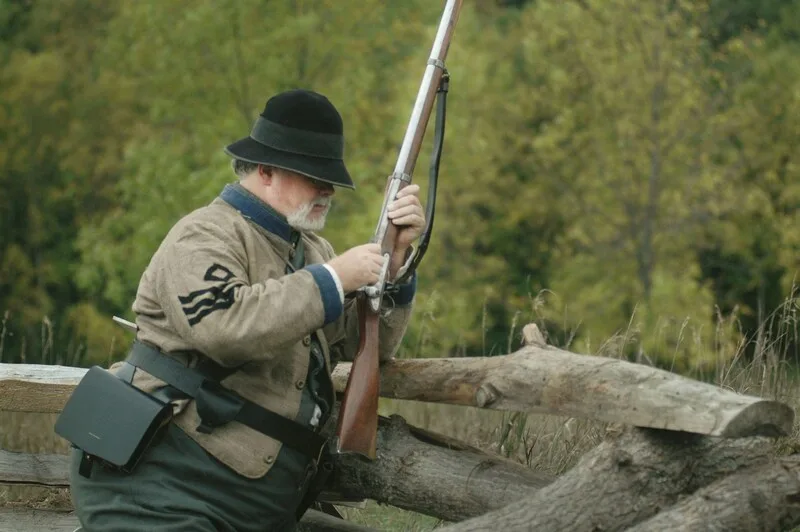
Can you over-rehearse?
Absolutely. Giving your actors a short break before shooting can refresh their performances..
Rehearsing on location is always a smart idea, so it’s crucial to secure your shooting locations well before you start.
03. Find Your Film Shooting Locations On Time
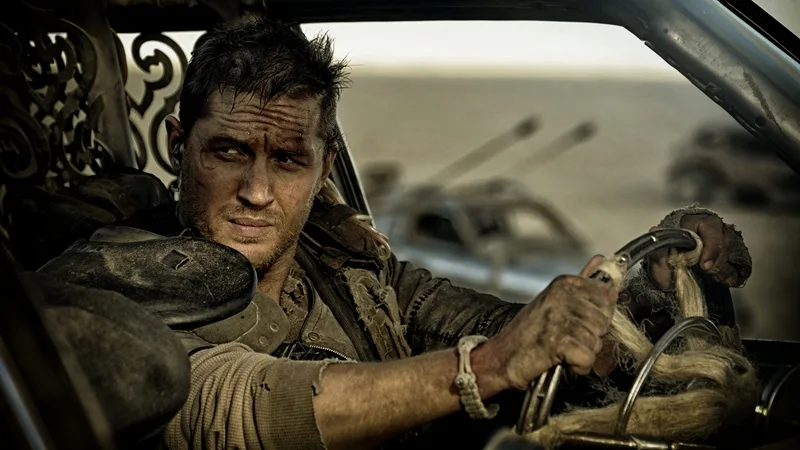
Shooting locations are another key element in any film shooting preparation process. For instance, in Mad Max: Fury Road (2015), the team scouted several desert locations to fit the story’s needs while maintaining flexibility for both cast and crew.
Given that this is an expensive action blockbuster set in the dystopian future in the desert where everybody fights for survival, it makes a lot of sense to prioritize locations.
However, if you’re not in George Miller’s shoes and locations don’t make or break your film, don’t over-prioritize visually stunning locations at the expense of the story.
Prioritizing Story Over Visuals
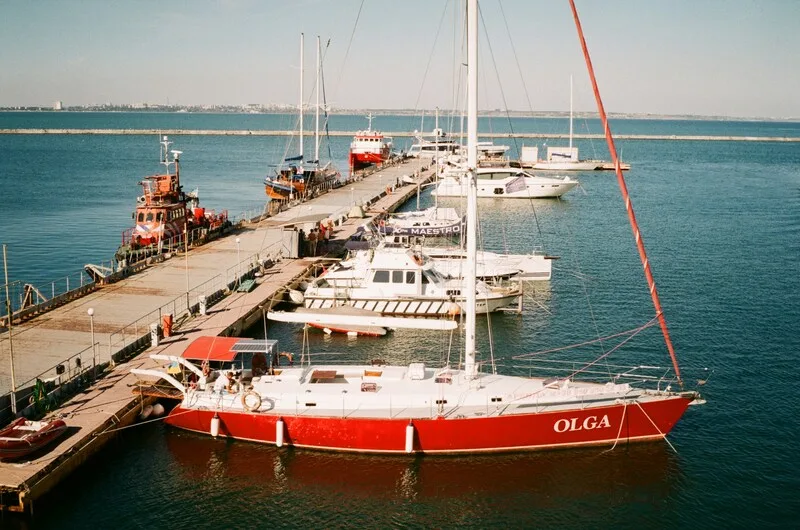
While choosing the perfect location can make a huge difference for your film, the same care must be taken not to over-prioritize visually stunning locations at the expense of the story—especially when working on a budget.
Don’t Overcomplicate
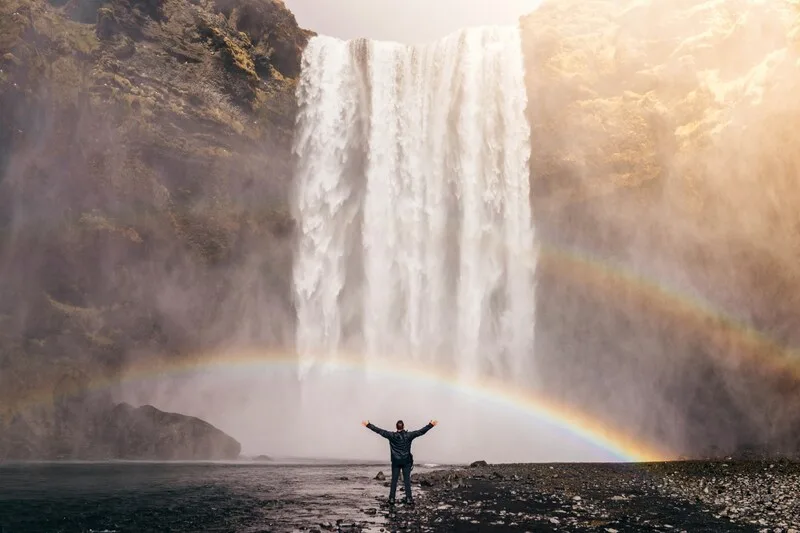
The 2013 film Locke, starring Tom Hardy, is a great example. It was shot almost entirely on location along a motorway in England. The car was mounted on a trailer, and filming occurred over six consecutive nights. Despite the simple setup, Hardy’s performance took center stage, demonstrating that prioritizing the right story elements over grand locations can still create a powerful film.
Adjust locations to Your Story

While working on semi-pro film sets, I’ve seen some stories ruined by ambitious shooting plans led by attractive locations.
What should have been a story about a young couple falling in love turned into a maniacal run to film scenes in the town’s main square, then to the park for a descriptive scene, and rushing for the golden hour on the final location containing an important turning point in their relationship.
Can you imagine how creative and spontaneous the actors were with the clock ticking and the director pressuring them to find their chemistry in the next 5 minutes before the sunset?
Key Questions to Ask About Film Locations
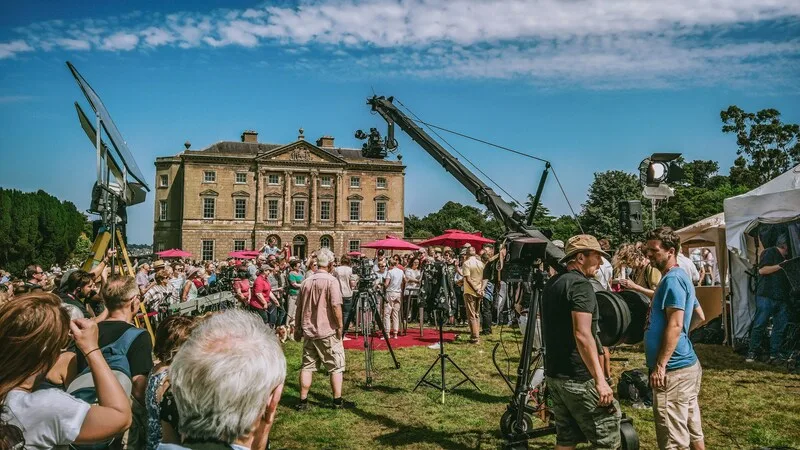
Before finalizing your locations, ask yourself:
- How does this location add to the story?
- Is it logistically challenging or time-consuming?
- Can this be shot elsewhere for less cost and effort?
- Will I need to make compromises regarding the available time to shoot?
Answering these questions will help you stay aligned with your film-directing checklist and ensure your resources are well spent.
04. Practical Gear Choices for Film Directors
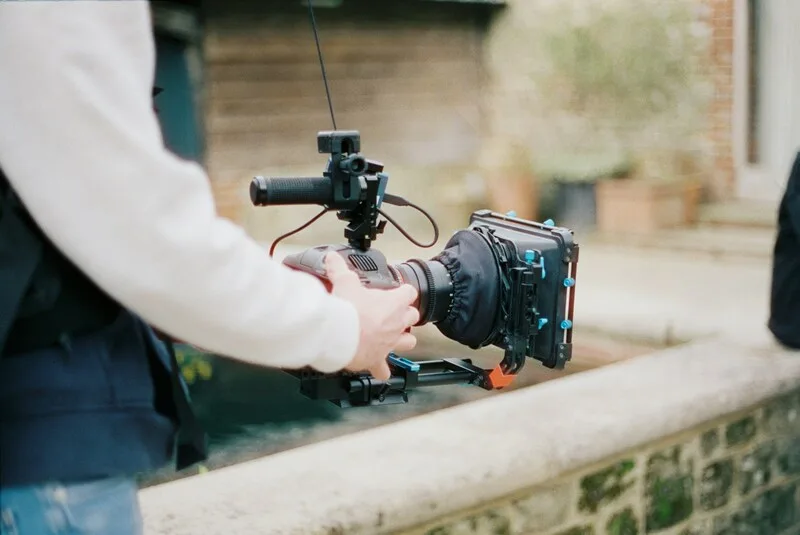
When starting, many directors are tempted to rent the highest-end cameras and equipment, thinking it will elevate their film. However, the most crucial aspect of your film shooting preparation isn’t the tech but the storytelling. It’s about how you guide your camera, not resolution and tech specs. Great stories, not gear, keep audiences engaged.
The story is More Important Than the Gear
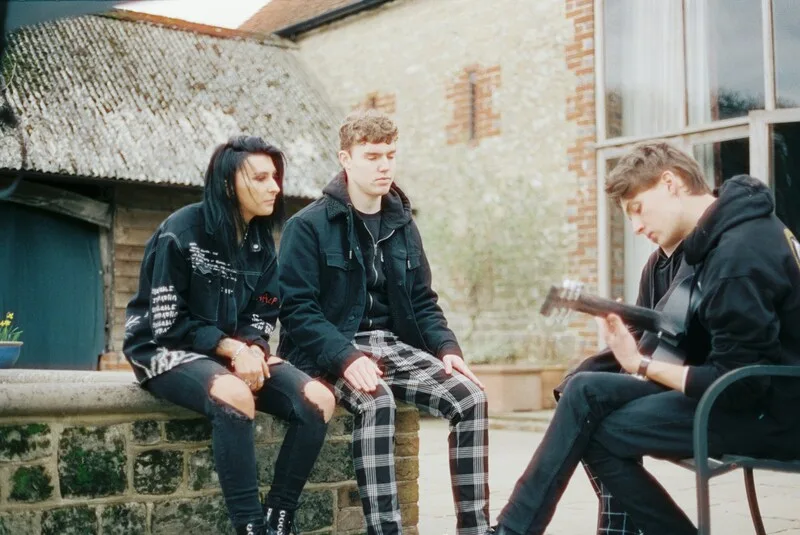
For example, famous directors like David Cronenberg and Park Chan-wook have shot films using basic equipment, such as Chan-wook’s short film Night Fishing using an iPhone 4. This proves that with a strong story, even the simplest tools can work.
Always put the story first, and let the aesthetics follow, helping you tell the story in the best possible way. Be considerate of your time and watch out for time-consuming technical prep such as light setup.
Be Careful With Light Setup

While nothing is worse than a poorly lit film scene that makes your warm romantic comedy look like a scene from a slasher horror, creating a perfect lighting setup can take so much time that it leaves you less time to shoot the scene.
Assess what you’re trying to say with the scene and the role the light setting plays in it, and decide how much time you want to invest in it.
Questions to Guide Your Gear Choices
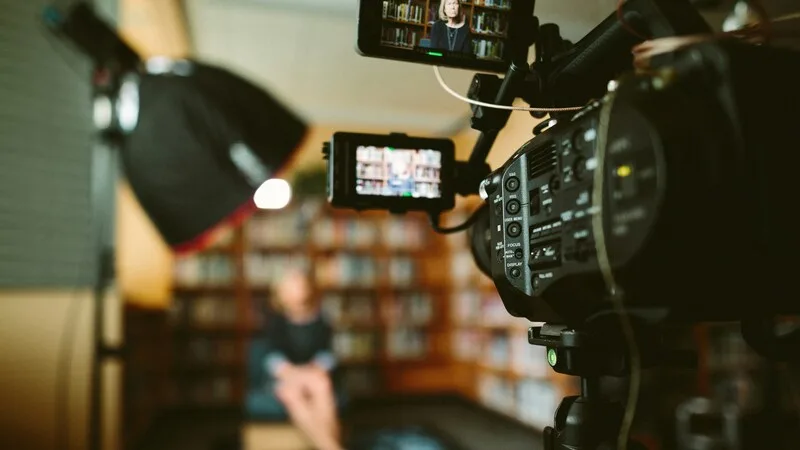
That said, it’s still important to balance the tech you need with your budgetary constraints. Ask yourself:
- What’s the minimum equipment I’m willing to go with?
- How does the tech serve my aesthetics and storytelling?
- What’s my videographer’s recommendation, and what proportion of the budget will it consume?
The Importance of Prioritizing Sound Over Gear
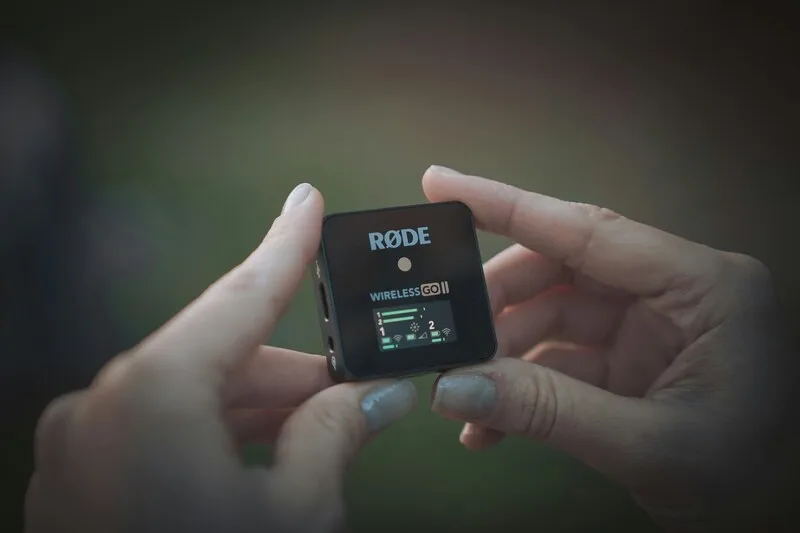
Prioritizing the right gear is another crucial part of the pre-production checklist for filmmakers. Don’t let expensive or complicated gear bog you down, especially if it limits your mobility and flexibility during filming. One area where you should never compromise, however, is sound—poor audio can ruin a film. Pay special attention to sound, and check out our blog about sound design, where we discuss practical aspects of using sound design to tell your story in more detail.
After you complete your tech puzzle, remember that your crew remains the main driving force behind any project.
05. Building an Effective Film Crew
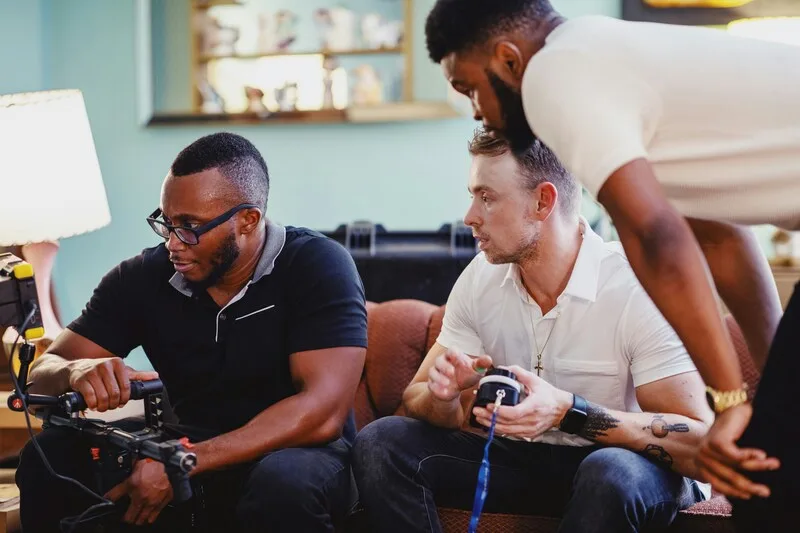
While many indie filmmakers start by wearing multiple hats—director, cinematographer, costume designer—it’s essential to learn how to delegate. Building a reliable team will drastically improve the quality of your film.
The Value of Long-Term Collaborations in Film
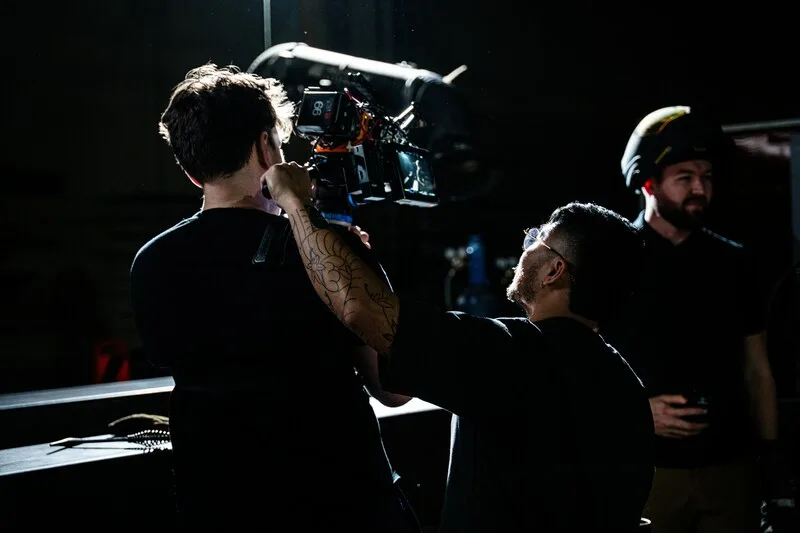
Collaborating with a talented crew helps you elevate the production beyond your capabilities alone. The relationships you build now will also benefit your future projects.
Martin Scorsese has worked with editor Thelma Schoonmaker for over 50 years, beginning with Who’s That Knocking at My Door (1967). Schoonmaker has edited nearly all of Scorsese’s films, including “Raging Bull,” “Goodfellas,” and “The Irishman.”
Jack Fisk has worked as the production designer for nearly all of Terrence Malick’s films, starting with “Badlands”(1973). Their partnership continued with “Days of Heaven,” “The Thin Red Line,” “The Tree of Life,” and “The New World.” Fisk’s naturalistic set designs are a key part of Malick’s cinematic style, characterized by their immersive, spiritual quality.
Nurturing Crew Relationships for Future Success
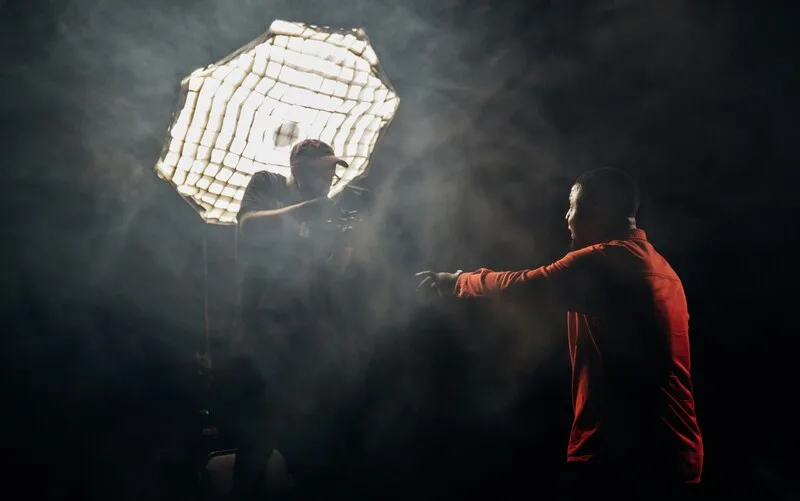
A strong crew is essential for a smooth film shooting preparation, and nurturing these relationships will elevate your projects, big or small.
While you might not have the resources of big Hollywood projects, attention to detail can elevate your work beyond average. Props and wardrobe may seem like small details, but they play a big role in enhancing your film.
06. How Props and Wardrobe Enhance Your Film
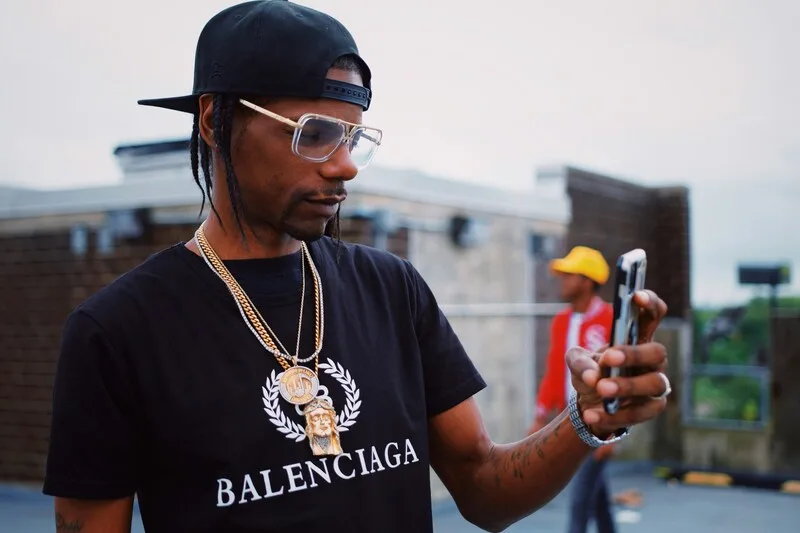
Your pre-production checklist for filmmakers should also include careful attention to props and wardrobe. Seemingly minor details can enhance your storytelling and help actors embody their characters.
Examples of Props in Film
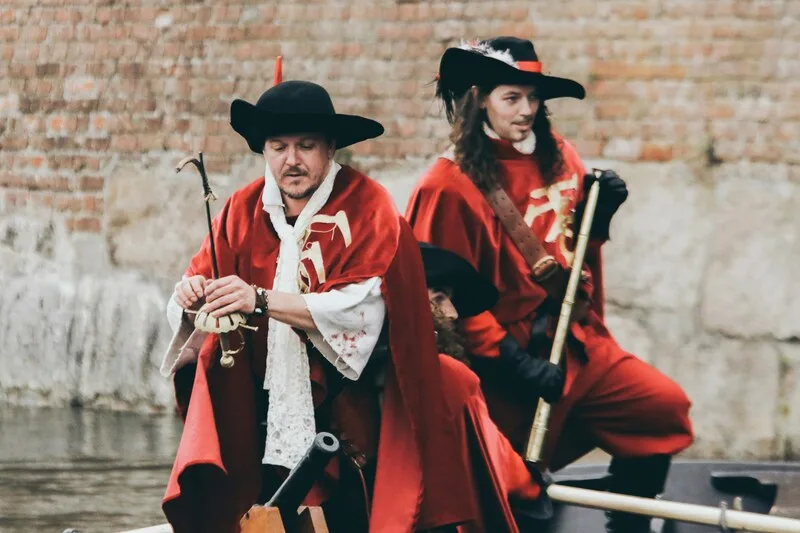
Think of Indiana Jones’ iconic whip and hat or Hannibal Lecter’s mask in Silence of the Lambs—props and costumes can reinforce a character’s traits and presence.
To ensure props and wardrobe pieces are used effectively, ask yourself:
- Does this prop/wardrobe piece support the character’s traits?
- Does it enrich the scene?
- Is it important for the plot?
Enhancing Production Quality Without Breaking the Budget

Pay attention to these elements to elevate your film’s production quality without significantly increasing your budget.
Make sure props and wardrobe appear as an organic part of the role. Chaplin’s cane and Charlie Brown’s blanket are worth it only because they are an organic part of the character’s persona.
We’ll end with the first piece of advice we give to anybody who asks us how to prepare for their first film. We say this because by now, you have probably guessed that many things can unexpectedly go wrong with the shooting.
07. Planning Extra Shooting Days in Film Production
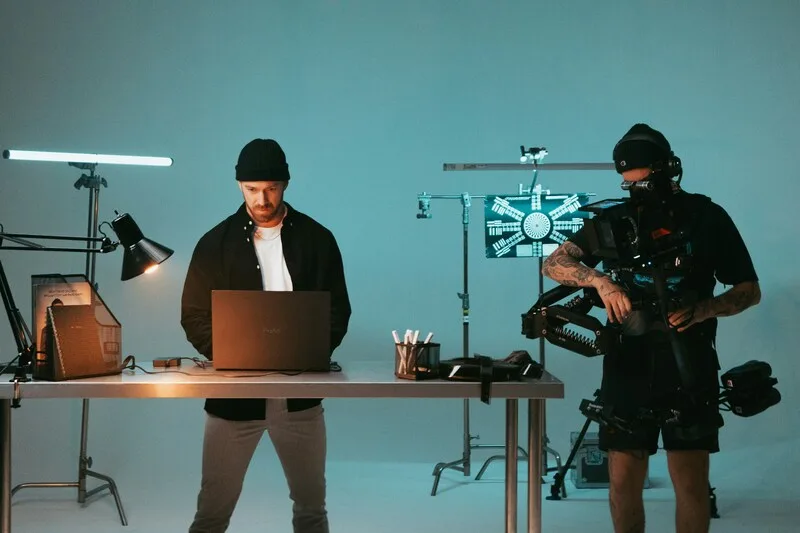
The production of Pirates of the Caribbean: Dead Man’s Chest (2006) was disrupted when hurricane season struck the Caribbean. This caused significant delays, pushing the film over budget and behind schedule.
The Back to the Future series is famous, but the lead role of Marty McFly initially went to Eric Stoltz, not Michael J. Fox.
Stoltz excelled in dramatic scenes, but he lacked the comedic touch the filmmakers were seeking. Director Robert Zemeckis and writer Bob Gale made the difficult decision to let Stoltz go, adding around $3 million to the film’s budget.
Ultimately, bringing in Fox proved to be a great decision as Back to the Future (1985) became a huge hit.
The Importance of Extra Time in Film Production

We never saw a film without small or big production challenges, starting from a slow first day until the crew picks up the pace, the lead actress catching the flu, to 5 rainy days in a row for your location where it usually rains 3 times a year.
Pay special attention to:
– Action scenes
– Scenes with a lot of extras
– Scenes with animals and children
– Highly emotional scenes where actors need to deliver
They will, almost without exceptions, take more time to shoot.
Including one extra day for the short film

When planning your film shooting preparation, always account for extra time. Unexpected challenges—whether weather, actor availability, or technical glitches—will inevitably arise. Prepare on time.
Conclusion
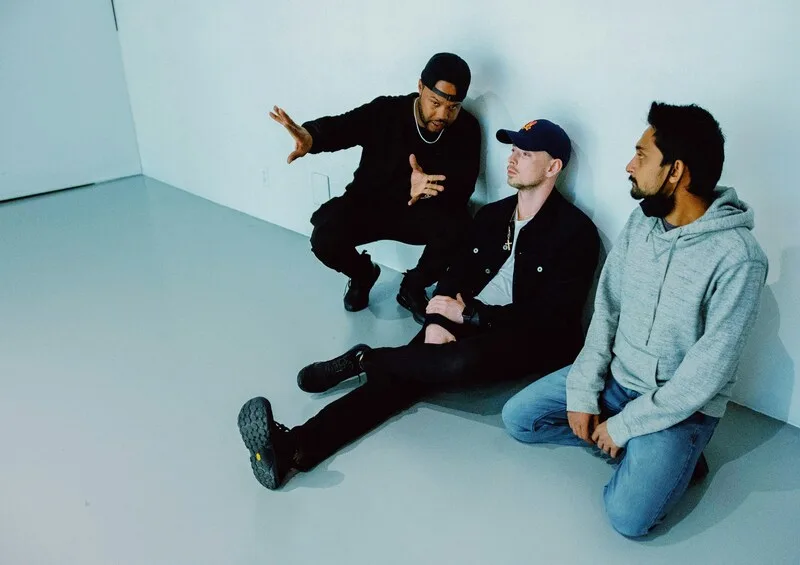
As a filmmaker, you’re tasked with balancing vision, creativity, and logistics. Following this film directing checklist will streamline your production and ensure a successful shoot. Here’s what you need to focus on:
- A clear logline to keep your vision focused and guide your team.
- Thorough rehearsals and planning to make filming efficient.
- A practical approach to gear, locations, and crew building.
Use this article as a pre-production checklist for filmmakers to ensure you’re fully prepared. By implementing these steps, you’ll minimize unexpected issues and have the flexibility to adapt when necessary.
At HayotFilms, we believe in the power of quality film shooting preparation and a solid film directing checklist, whether you’re working with a big budget or no budget. Do you have any other items to add to your checklist? Let us know!
Good luck with your filming!

